Incorporated under Article XI of the Private Housing Finance Law, Housing Development Fund Corporation (HDFC) cooperatives are partnerships between public and private interests that help the tenants of city-owned residential co-ops – often in low- to moderate-income neighborhoods – purchase their buildings and become self-sufficient cooperative corporations. While not without their critics, in a New York that has become increasingly expensive, HDFCs infuse the city, and Manhattan in particular, with socioeconomic diversity.
Some HDFC History
It’s hard to imagine now, but back in the early 1970s, during the nadir of the John Lindsay mayoral years and into the terms of Mayors Abe Beame and Ed Koch, there were blocks and blocks of vacant buildings in New York City. This was the age of graffiti-coated subway cars; the infamous New York Daily News headline ‘Ford to City: Drop Dead’; and swaths of the South Bronx quite literally on fire.
Today the city landscape looks very different indeed—even in neighborhoods most blighted during those dark days. The evolution of these vacant buildings to functional housing cooperatives owes no small thanks to HDFCs.
Andrew Reicher, executive director of the Urban Homesteading Assistance Board (UHAB), recalls that when landlords in the late ‘70s had abandoned buildings, neighborhood residents took it upon themselves to save the buildings, rehabilitate them into acceptable housing, and serve administrative functions. “In the early days when there were lots of vacant buildings, it was homesteaders who said, ‘We want to renovate that building,’” Reicher says. “They would take on a building, and invest sweat-equity. There was no heat, no hot water, and the roof was leaking, so they went up on the roof, they patched it, they made a contract with Con Ed for their gas and paid the oil bill and did all that, and they started running their building.”
HDFC programs allowed these collectivized tenants to take control of their buildings and form co-ops. “They were the foundation on which the redevelopment of these neighborhoods has happened,” says Reicher. “When you look at the photograph in the Bronx when [then-President Jimmy] Carter came to visit in those days, there are a number of buildings that are just bombed-out, empty shells, but the ones that had the lights on, some of those were HDFC co-ops.”
As with so much of the city’s real estate, history played a large role in the current location of most HDFC buildings. “In general, the HDFC co-ops are concentrated in Manhattan, the Bronx, and Brooklyn,” says Samantha Kattan, UHAB’s assistant director of organizing, policy and research. “There’s like, two of them in Queens, and maybe one in Staten Island. They’re concentrated in the neighborhoods that were severely under-invested in back in the 1970s, 1980s, and 1990s. So the neighborhoods that were really affected by underinvestment and white flight, and were really emptied out in the ‘70s and ‘80s, are where HDFC are located today.”
By just about any objective metric, the program has been an unqualified success, says Gregory Baggett, executive director of the New York Council for Housing Development Fund Companies (NYC HDFC), a research and advocacy firm that focus on the conservation and preservation of HDFC cooperative and rental properties. “The ultimate goal, from the city’s vantage point back in the ‘70s, was to move abandoned properties back onto the tax rolls,” he says. “And that’s exactly what happened. There are a number of methods of doing that. The vast majority of the abandoned properties went to private real estate developers through different programs, and another large bulk went to nonprofit entities that were basically inexperienced in housing development. And the last set in the portfolio went to residents in the buildings themselves, which then became the most popular form of HDFC. So for me, there’s really no negative story.”
“One of the things that is beautiful about HDFC co-ops is that the people who lived in the distressed, neglected, and abandoned buildings in the neighborhoods in the ‘70s and ‘80s where these HDFCs were first created are still there now,” says Rachel Christmas Derrick, director of communications and fundraising for UHAB. “Though sadly, many of their neighbors in rentals are being displaced by gentrification. So that many of these people – particularly in Harlem and Brooklyn neighborhoods – are still the primarily black and Latino residents who lived there in the beginning. And they can now enjoy the positive aspects of the neighborhoods that they fought so long and hard to improve,
The Current Climate
Four decades after the initial wave of HDFC co-ops came into being, the landscape of the city has changed dramatically. The problem of vacant buildings in Manhattan is nonexistent; equally unimaginable is the notion of an apartment unit selling for less than $1,000, which many did back in the early days of the conversion program. Manhattan in particular has become an enclave for the rich who can afford the astronomical price tag of residential real estate. Yes, apartments are still ‘vacant,’ but only in the sense that their well-heeled owners make use of the space a few weeks out of the year, when they’re not staying at their other homes. How many apartments in Manhattan, one wonders, are unoccupied at any given time?
The problem is, even in an economically rarified environment like Manhattan, not everyone can be rich. Teachers, police officers, nurses, grocery store cashiers – the people whose jobs support the basic, everyday needs of the neighborhood or borough – have to be able to afford to live nearby in order for the area to function. HDFCs provide an opportunity for this to happen, although not without some criticism. The programs exist for low-income residents. But what, in the Big Apple, constitutes ‘low income’?
“There’s an entirely different economic group that’s making political demands for access to these units,” Baggett says. “The elected officials are diverting a good portion of these lower-income resources to moderate-, middle-, and upper-income earners. Some could argue that this is an abuse [of the program]; I don’t personally see it that way. I think the city has some obligation to respond to specific economic demands. I think that the boards of directors in HDFCs ultimately have the final say as to whether they’re going to conserve these resources for low income New Yorkers, or preserve them for the affordable housing market which actually excludes the low income people that the properties were intended for. So, the definition of ‘low-income’ has changed, and we have to really ask ourselves: have the numbers been diverted by the city government in order to move these resources to higher income earners? Or, have higher income earners actually been downgraded, both statistically and socially, to low-income residents? No one is really bothering to answer that question.”
The problem is that, in order to be eligible to purchase an HDFC co-op, the buyer must meet certain income requirements—specifically, the household must not bring in more than 165 percent of area median income, which is something like $70,000 per year. But the apartments themselves, due to supply and demand, cost far more than a household on that income level could possibly afford. The subset of people who make $70,000 a year but have enough cash on hand to plunk down half a million bucks for a down payment is not terribly well-populated.
“Some of the prices are outrageous, so we need to put some constraints, because we don’t necessarily need millionaires moving into low-income housing,” Baggett says. “But if the economic reality is that these properties can really be sustained better by moderate and middle income earners, then it’s not beyond the pale of reason for low-income people to make the economic decision to move [out] – especially if it means walking away with thousands or hundreds of thousands of dollars in equity that you can take somewhere to buy something where you have more autonomy, like a home through a traditional real estate sale.”
In other words, the economic benefits of selling are vast—too vast to hold on, for some. As the market prices creep up, the definition of ‘low income’ has gotten more elastic.
“One way the program has been surviving is by diverting the resources to moderate income earners who bring in much-needed cash from the high sales, to pay a lot of debt that the buildings have sustained without many of these people,” Baggett explains. “What they’re basically using is a euphemism called ‘income eligibility’ that kind of allows people to not identify as low income, if in fact someone making $70,000 in New York is actually low income. They could be. But I think somebody needs to say that in no uncertain terms rather than leave it vague, because then it sets up a whole new dynamic if we have groups of people who have been identifying as moderate and middle income earners who are statistically and legally low income. Then we need to start creating new definitions for the people who were low income.”
The obvious solution to this thorny problem is to impose caps on sale prices – something the city has considered doing. However, this flies in the face of economic theory; it’s been established since the Roman emperor Diocletian imposed his Edict on Maximum Prices in A.D. 301 that tinkering with such things doesn’t work. So the HDFC co-ops have to do an elaborate dance to be both legal and viable. By and large, however, the HDFC experiment has been a successful one.
“Some people are saying, ‘C’mon, why can’t I just make a whole bunch of money by selling,’ and others are saying, ‘Why should my tax dollars go to supporting these low-income buildings when I’m not low income?’” Derrick says. “But we need housing for all different kinds of incomes, because people have all different kinds of jobs in the city, and they need to be able to live near where they work. And it helps the surrounding neighborhood as well. Nobody wants to live in a city where there are very impoverished, angry people in terrible housing. Everybody wants to be able to live in a comfortable, safe, happy city.”
Greg Olear is a freelance writer and novelist, and a frequent contributor to The Cooperator.



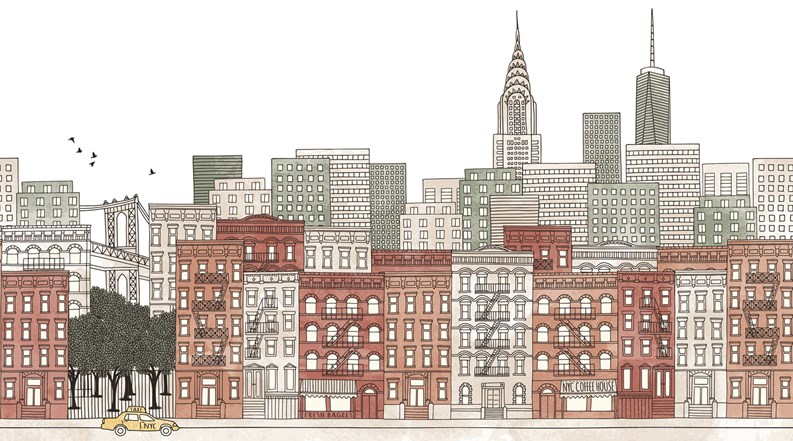
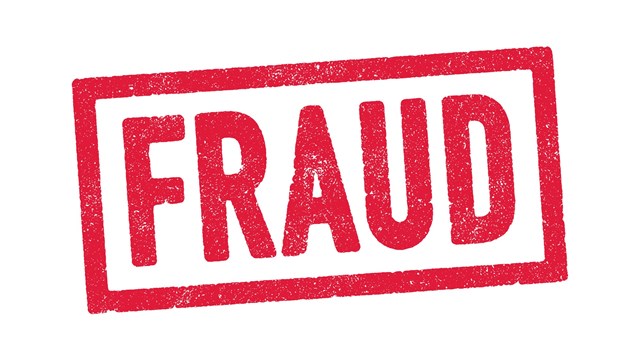
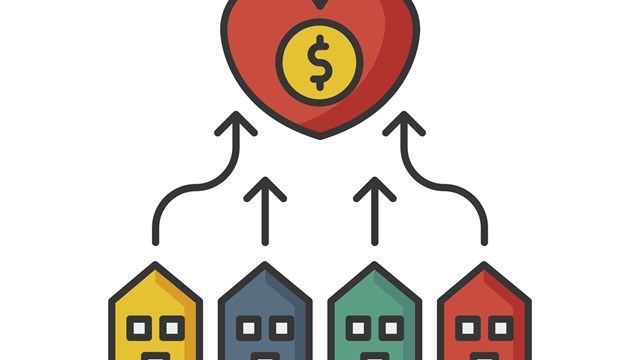
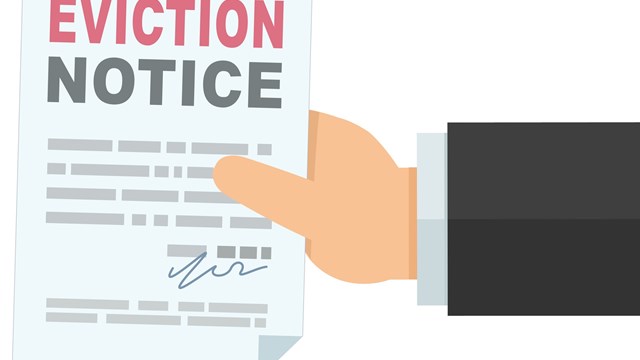
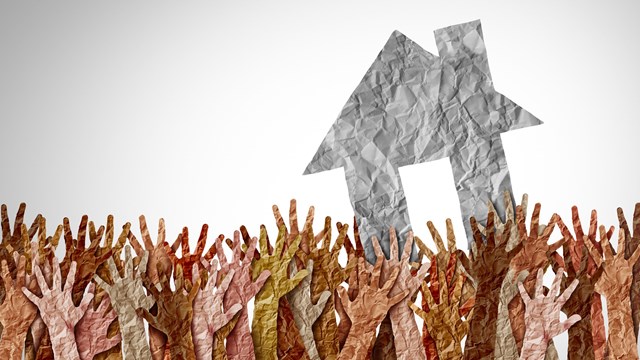
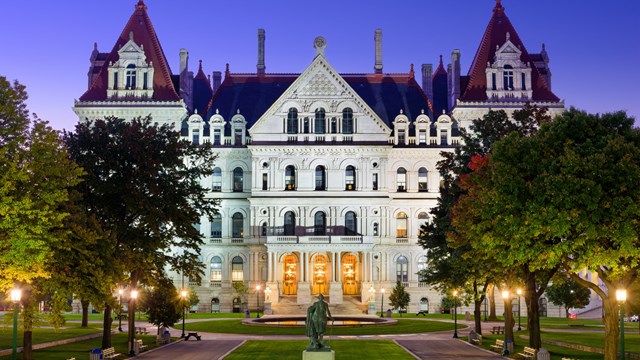
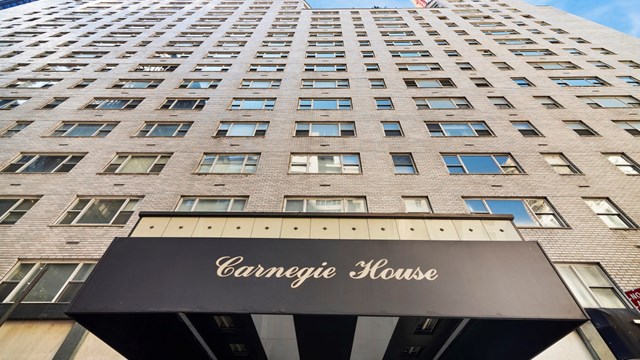
Comments
Leave a Comment